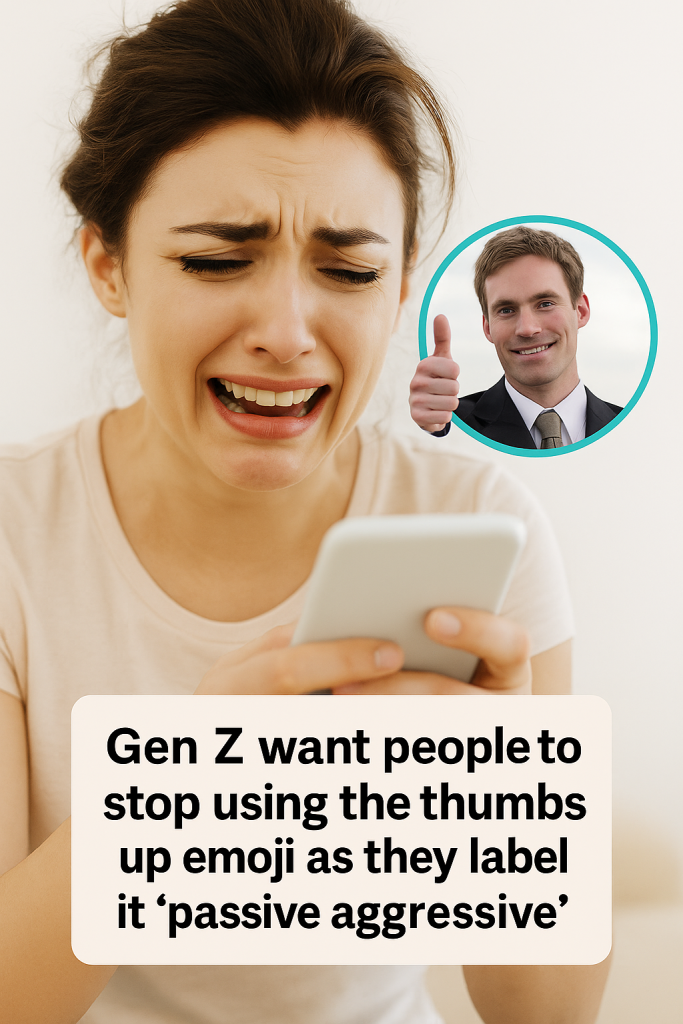In the ever-evolving world of digital communication, even something as seemingly straightforward as the thumbs-up emoji 👍 is coming under fresh scrutiny. A recent wave of online discussions reveals that many members of Generation Z find the thumbs-up emoji to carry passive-aggressive vibes, a sentiment that has garnered widespread attention and stirred debate across social media platforms.
The conversation gained momentum after a Reddit user candidly described the thumbs-up emoji as “unsettling,” triggering a flood of responses echoing similar feelings. To many younger users, this once-neutral symbol of approval or agreement now feels loaded with sarcasm or reluctant compliance. The reaction points to a broader shift in how emojis are interpreted and used among younger digital natives.
Traditionally, the thumbs-up emoji has been seen as a quick, friendly way to confirm or acknowledge messages — a sort of digital nod or “OK” sign. However, in recent months, Gen Z users have co-opted it as a tool to subtly express annoyance or irritation without words. For example, when used in conversations that are tense or when someone wants to end a discussion without engaging further, the emoji can feel cold or dismissive.
The conflicting interpretations have created a divide between generations. While millennials and older users might still view the thumbs-up emoji as positive and encouraging, younger users are increasingly reading it as a curt or even slightly hostile gesture. In some cases, the emoji is deployed to signal “I’m done with this conversation” or “I don’t really want to engage,” which contrasts starkly with its original intent.
This tension was amplified when some social media posts urged people to “stop using the thumbs-up emoji” because it’s perceived as passive-aggressive. Other messages framed it as a generational language barrier — a small but telling example of how communication styles evolve with each new cohort of users and cultural trends.
Experts in digital communication note that emoji meanings are highly context-dependent. The tone and nature of the conversation, the relationship between the participants, and even cultural backgrounds all influence how these symbols are received. The thumbs-up emoji, in particular, can shift from being a friendly affirmation to a curt dismissal based on subtle conversational cues, or even the presence of other emojis, such as the grimacing face 😬.
It’s important to remember that digital language is always shifting. What might seem like a minor annoyance or a quirky trend could quickly evolve into a mainstream understanding—or fade away. As Gen Z continues to reshape online interactions, their reinterpretation of emojis like the thumbs-up serves as a reminder that nonverbal digital signals carry complex meanings and are subject to reinterpretation over time.
So, would you still use the thumbs-up emoji? For many, the answer is yes — but with the growing awareness of its potentially mixed messages, some are now opting for alternatives. These include more explicit replies, words of confirmation, or other emojis that convey warmth, like the smiling face or heart. The shift in perception invites all users to be more mindful about how simple symbols can impact tone and understanding in digital conversations.
In the end, the debate about the thumbs-up emoji highlights a broader truth: as technology changes, so does language — and decoding the subtleties of online expression will always be a work in progress.



